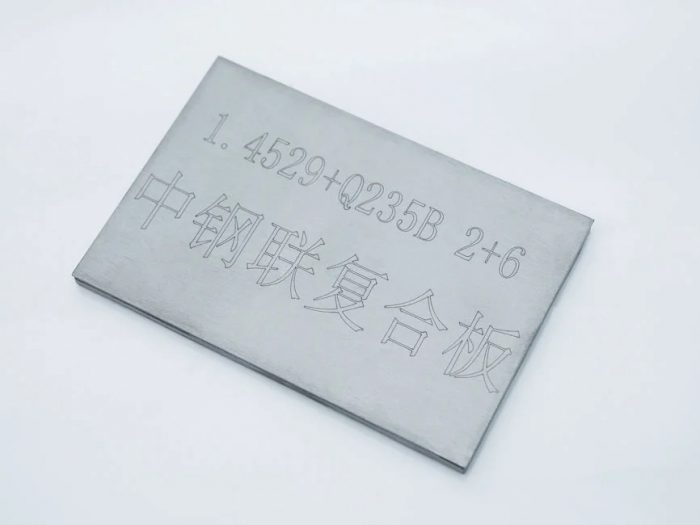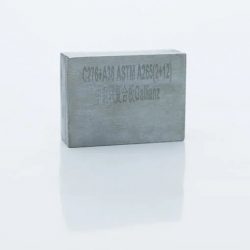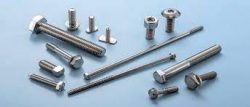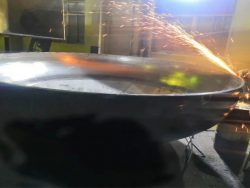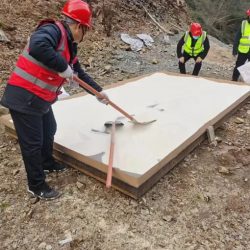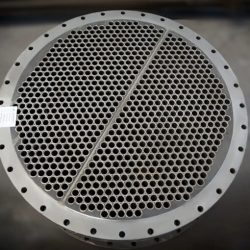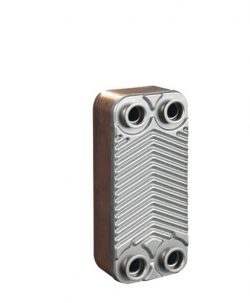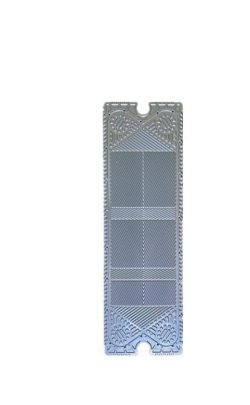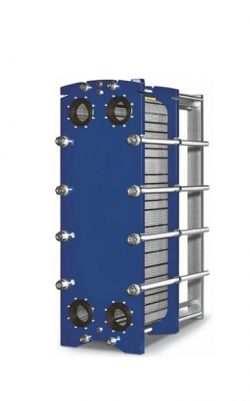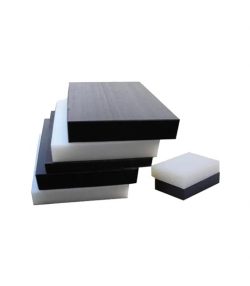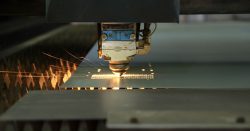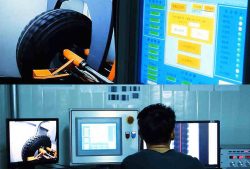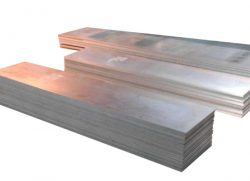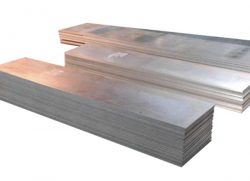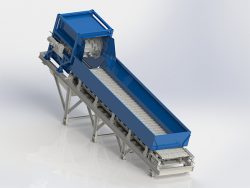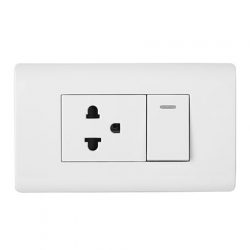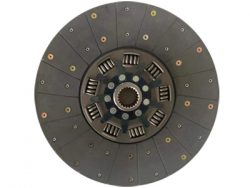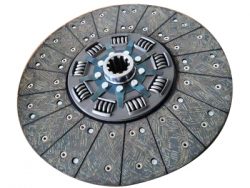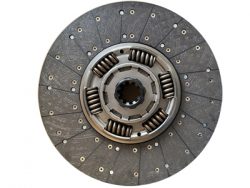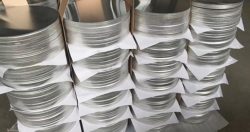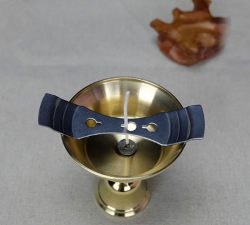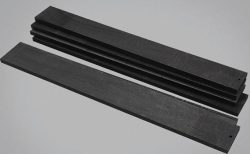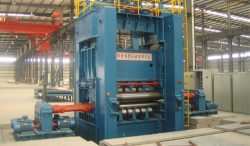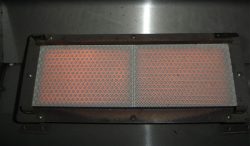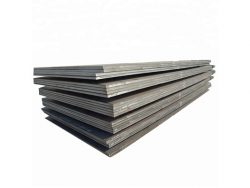CLAD PLATES
Clad plates are composite steel plates that consist of two or more layers of different metals bonded together to enhance their properties. The bonding process is either roll-bonding or explosion-bonding. The resulting material has exceptional strength, corrosion resistance, and wear resistance characteristics compared to individual metals. Clad plates are widely used in various industries due to their unique properties, including Oil and Gas, chemical, and nuclear sectors, aerospace, marine engineering, and others. Processing clad plates is an advanced method that allows for tailor-made solutions to various industrial needs, increasing equipment performance and longevity.
Advantages Of Using Clad Plates
Corrosion resistance: Clad plates offer superior resistance to corrosion, allowing for prolonged equipment life and more efficient operations.
Strength: The bonding process used in making clad plates leads to superior strength compared to other materials, making them ideal for use in heavy-duty applications.
Customizability: Clad plates can be customized to suit various industrial applications, making them a versatile solution for industrial needs.
Reduced costs: The excellent strength-to-weight ratio of clad plates is cost-effective compared to other high-strength materials.
Ease of fabrication: Clad plates enable the fabrication of complex structures using different metals, simplifying the production process.
Improved appearance: Clad plates can be used to give a desired finish to equipment, enhancing its appearance and aesthetic appeal.
Reduced maintenance: Clad plates are low maintenance, thanks to their durability and resistance to corrosion, reducing maintenance costs and enabling more extended periods of equipment operation.
How Are Clad Plates Manufactured?
Clad plates are typically manufactured using two main processes: explosion bonding and roll bonding.
1. Explosion Bonding: In this process, the two metals to be clad together are positioned in close contact with each other. The assembly is then subjected to a high-energy explosion. The explosion creates a high-pressure shockwave that forces the two metals together at an extremely high velocity. The impact of the explosion bonds the metals together, creating a strong metallurgical bond between them. The explosion pressure deforms and cleans the surfaces, removing any oxide layers or contaminants. This results in a strong and durable bond between the base metal and the cladding material.
2. Roll Bonding: In the roll bonding process, the two metals are cleaned and prepared, ensuring the surfaces are free from contaminants. The surfaces are then brought into intimate contact with each other. The bonded surfaces are passed through a rolling mill, and high pressure is applied to establish a solid bond between the metals. The rolling pressure causes the metals to bond together, creating a clad plate with a strong metallurgical bond. The thicknesses of the base metal and cladding material can be adjusted according to the specific requirements.
Both explosion bonding and roll bonding offer advantages and limitations. Explosion bonding is suitable for larger surface areas and creates strong bonds quickly. Roll bonding is more suitable for thinner cladding layers and allows for greater control over the overall thickness and dimensions of the clad plate.
After the bonding process, the clad plate may undergo further heat treatments or finishing processes to improve the overall properties and dimensions of the plate. These processes may include annealing, leveling, straightening, or machining, depending on the specific application requirements.
It is important to note that clad plate manufacturing requires careful control and expertise to ensure proper bonding, avoiding delamination or other integrity issues. Therefore, manufacturing clad plates is typically carried out by specialized companies with the necessary equipment, experience, and quality control measures to produce high-quality clad plates.
Are Clad Plates Cost-Effective Compared To Solid Alloy Plates?
Clad plates are often more cost-effective compared to solid alloy plates since they utilize a lower amount of expensive corrosion-resistant materials. By combining different metals, clad plates offer cost savings without compromising on performance or reliability.
